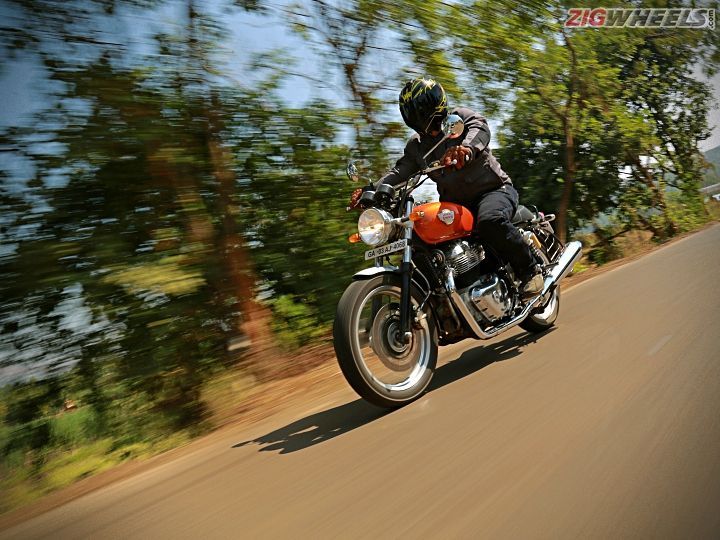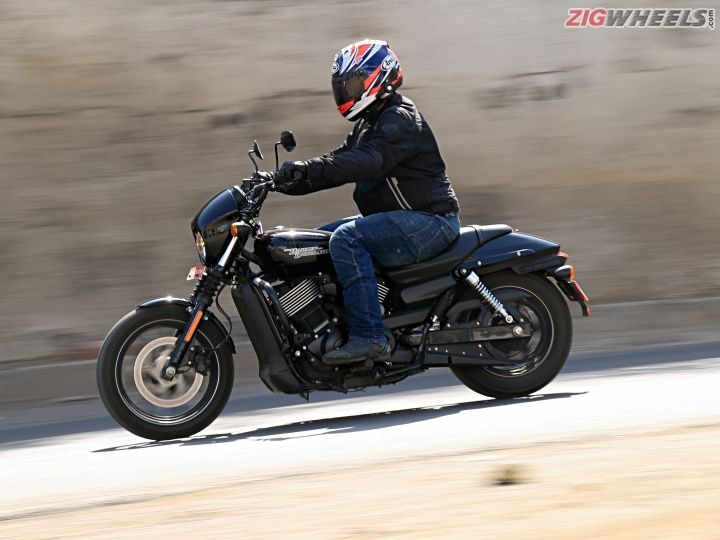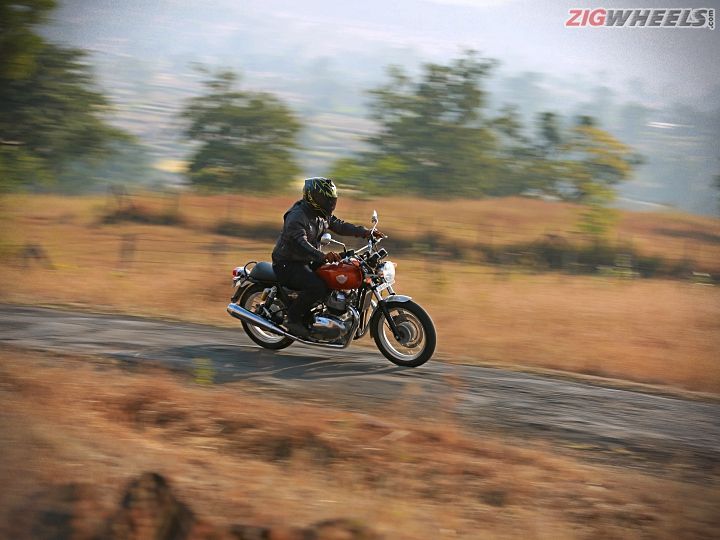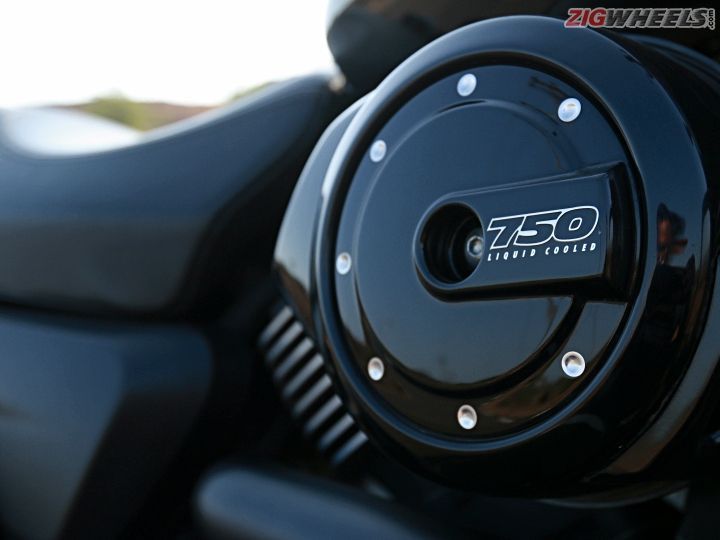
Royal Enfield and Harley-Davidson are perhaps two brands that are built on a rich legacy of easy-going, classically-styled motorcycles. Combined, they have over 200 years of experience of building motorcycles. Plus, these two brands have a strong riding community as well as a huge fan following around them.
And the two motorcycles in this story have a bit something in common as well. Both are twin-cylinder motorcycles that are made in India and for the world. Both of them are something that Indians wanted from the brand, i.e. we wanted a bigger Royal Enfield and, back when it was launched, a smaller Harley-Davidson. Both have a sportier twin. Both motorcycles are aimed to get more bikers into their respective brand’s folklore. So how different are the Royal Enfield Interceptor 650 and the Harley-Davidson Street 750 when it comes to the real world numbers despite being separated by just 100cc?
But before you go on, you should check out this spec comparison that we had done a while back.
Royal Enfield 650 Twins Vs Harley-Davidson Street 750: Spec Comparison

Setting Off (aka Acceleration)
|
Royal Enfield Interceptor 650 |
Harley-Davidson Street 750 |
|
|
0-60kmph |
2.87s |
2.97s |
|
0-100kmph |
6.54s |
6.19s |
It’s a close battle here as the Interceptor gets off the line quicker but by a very negligible margin. The Street 750 is able to stretch its legs and make the most of the extra oomph it packs. The Revolution-X motor’s free-revving nature is one of our favourites. While it isn’t the creamiest, it is the one we would have of the two.

Daily Duties (Roll ons)
|
Royal Enfield Interceptor 650 |
Harley-Davidson Street 750 |
|
|
30-70kmph in 3rd gear |
3.9s |
3.12s |
|
40-80kmph in 4th gear |
4.85s |
3.95s |
The torque advantage that the Harley has is apparent here as it is capable of going from calm to mental within no time. Even for swift overtakes, the Harley holds the advantage in this regard. The Enfield could have done better had the motorcycle been a bit lighter.

Coming To A Halt (Braking)
|
Royal Enfield Interceptor 650 |
Harley-Davidson Street 750 |
|
|
100-0kmph |
47.21m |
53.05m |
|
60-0kmph |
16.49m |
18.89m |
Stopping power on the Interceptor is phenomenal. It gets a large 320mm rotor up front with double-sintered brake pads that help it shed speed in an instant. It is in fact better when it comes to stopping than even the lighter KTM 390 Duke! Braking has been a sore spot for the Street 750 as the motorcycle takes a while longer to come to a dead halt. Several recalls have been issued for the same issue. With the addition of ABS, things did improve considerably. Yet, the Interceptor takes this round.

Fuel Efficiency
|
Royal Enfield Interceptor 650 |
Harley-Davidson Street 750 |
|
|
City |
25.93kmpl |
24.9kmpl |
|
Highway |
26.38kmpl |
27.6kmpl |
One kmpl here or there is hardly going to make a huge difference, especially when you consider that both these motorcycles can carry 13-odd litres of fuel. So be it in the city or out on the highway, one can expect similar levels of range from the two.
from ZigWheels https://ift.tt/2TkJC0G
Comments
Post a Comment